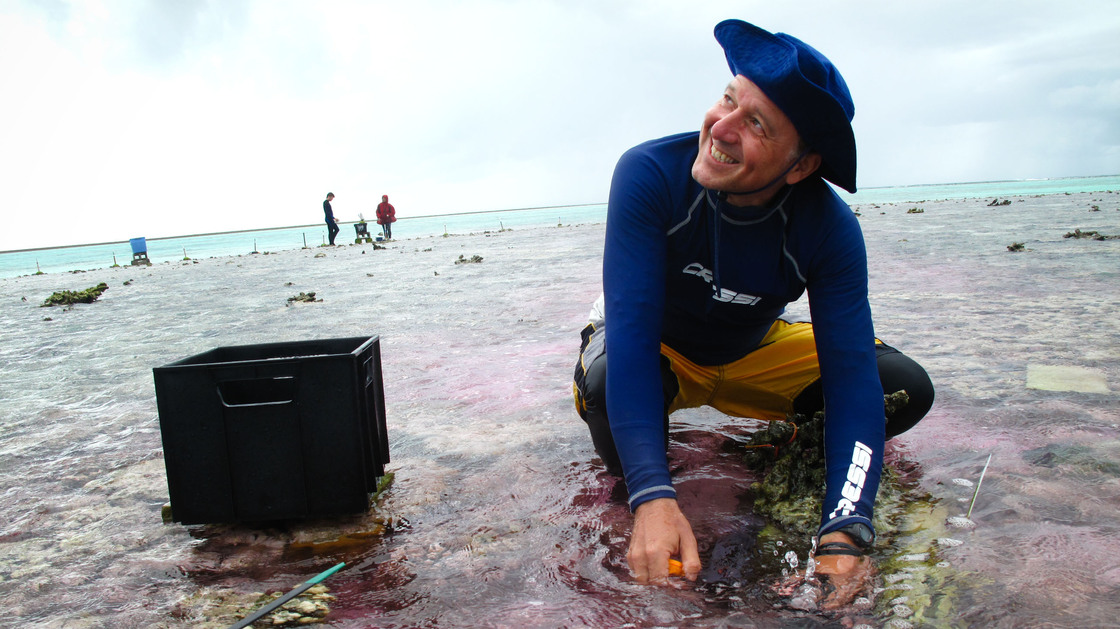Ocean acidification and rising temperatures are taking its toll on our oceans’ reefs, but one team from Australia is testing a way to solve the issue by treating the water with an antacid. The team from the Carnegie Institution for Science is testing the theory out on a small patch of reef in the Great Barrier Reef. After treating this area, the team is taking over 180 water samples each day over the course of a few weeks to see if coral grows better in more favorable and less acidic conditions. It may be a while before we see the results since the team will have to analyze all the samples once they return to Stanford University.
[via NPR]
With a strange mouthful of human-like teeth, the sheepshead has one bizarre grin, but like us is equipped to handle an omnivorous diet. The fish is found from Cape Cod and Massachusetts through to Florida and the Gulf of Mexico to Brazil. When fully grown, the sheepshead has incisors sitting at the front of the jaw, molars set in three rows in the upper jaw and two rows in the lower jaw, and some strong grinding teeth in the back of the jaw too. Just in case you’re wondering, the sheepshead is supposed to be a tasty fish to eat.
[via Scientific American]
New reports are showing that oceanic plankton is consuming twice as much carbon as we previously thought. The new bit of research by UC Irvine and other scientists published online Sunday in Nature Geoscience. Trillions of plankton near the surface of warm waters are far more carbon-rich than has long been thought, they found. Global marine temperature fluctuations could mean that tiny Prochlorococcus and other microbes digest double the carbon previously calculated. The new study’s authors found dramatically different ratios at a variety of marine locations. What matters more than depth, they concluded, is latitude.
[via Science Daily]
No this is not a night image of a lava flow or wildfire — it is the neurological activity of a larval zebrafish brain shown at the level of single cells. It is the first time that researchers have been able to image an entire vertebrate brain at the level of single cells. Phillipp Keller, a microscopist at the Howard Hughes Medical Institute’s Janelia Farm Research Campus in Ashburn, Virginia, developed the system with Janelia neurobiologist Misha Ahrens. The researchers are able to record activity across the whole fish brain almost every second, detecting 80% of its 100,000 neurons. Make sure you click on the image to see the video or click on the source link below to see all the glory.
[via Nature]






